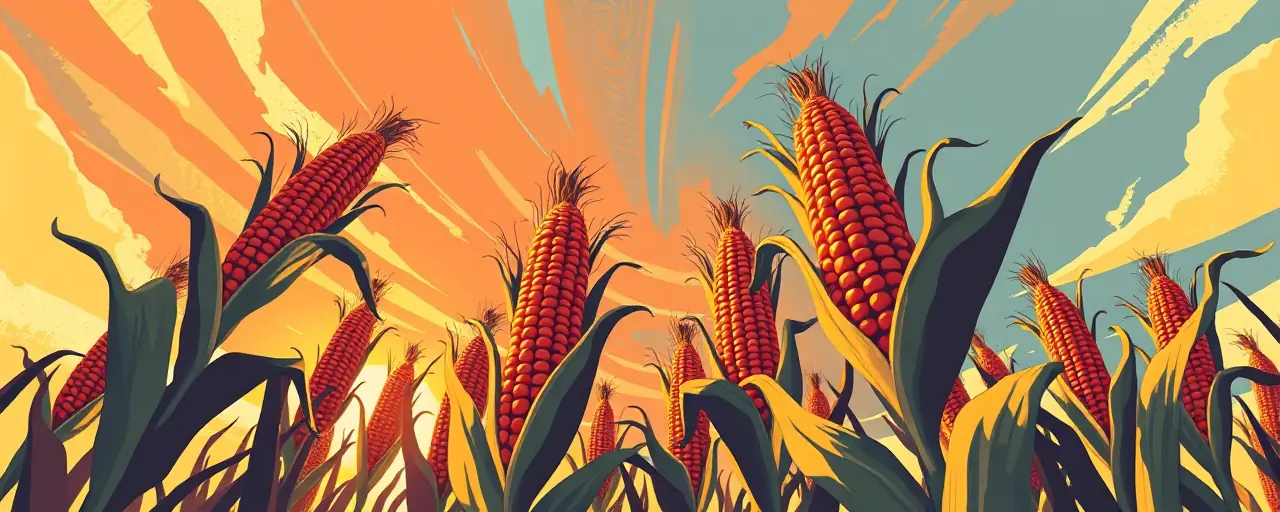A New Chapter for American Agriculture
The U.S. Department of Agriculture has welcomed a fresh wave of leaders, each tasked with steering the nation’s farming and food policies through a complex landscape of economic and environmental challenges. Announced on April 14, 2025, these appointments signal a renewed emphasis on supporting farmers, streamlining regulations, and prioritizing rural communities. With agriculture at the heart of America’s economy and identity, the changes have sparked curiosity about their real-world impact on fields, markets, and dinner tables.
From policy advisors to agency administrators, the new team brings diverse experiences, ranging from veterinary science to legislative strategy. Their roles span critical areas like farm support, food safety, conservation, and rural development. As they settle into their positions, questions linger about how their decisions will balance immediate needs, like affordable food and stable markets, with longer-term goals, such as environmental sustainability and global trade competitiveness.
Streamlining Support for Farmers
A key focus for the appointees is easing the burdens on farmers, who face rising costs, unpredictable weather, and intricate federal programs. The Farm Service Agency, now led by Bill Beam, a farmer himself, has been a lifeline for producers through loans, disaster aid, and safety nets. In recent years, the agency has paid out billions to help ranchers recover from wildfires and farmers rebound from market slumps. Beam’s team aims to simplify access to these funds, making it easier for small and mid-sized farms to thrive without getting tangled in red tape.
Yet, some worry that cutting regulations could weaken protections. Farmers relying on programs like crop insurance or debt relief, bolstered by laws like the Inflation Reduction Act, fear changes might leave them vulnerable. Others see opportunity in a leaner system, arguing that less oversight could free up resources for innovation, like precision farming or new crop varieties. The challenge lies in ensuring that streamlined policies don’t overlook the diverse needs of America’s 2 million farms.
Food Safety and Trade in Focus
Food safety, overseen by appointees like Trey Forsyth, is another priority, as new rules under the Food Safety Modernization Act loom. These regulations demand detailed tracking of high-risk foods, like leafy greens or shellfish, to curb outbreaks of illness. While the goal is safer grocery shelves, farmers and processors face steep costs to comply, from upgrading equipment to training workers. Forsyth’s team will need to weigh these burdens against the public’s demand for trust in their food supply, a trust shaken by past recalls and contamination scares.
Trade policies also hang in the balance, with Riley Pagett guiding foreign agricultural affairs. American farmers export billions in crops and livestock, but recent tariffs and trade disputes have squeezed markets. Some advocate for aggressive negotiations to open new markets, while others caution that escalating tariffs could backfire, raising costs for consumers and leaving farmers with unsold harvests. Finding equilibrium in a globalized economy will test the new leadership’s strategy.
Conservation and Rural Prosperity
Aubrey Bettencourt, heading the Natural Resource Conservation Service, steps into a pivotal role as debates over environmental policies intensify. Programs like the Conservation Reserve Program pay farmers to protect sensitive land, improving soil and water quality. With nearly 25 million acres enrolled, the initiative has reshaped rural landscapes. However, proposals to scale back federal conservation efforts have raised concerns among environmental groups, who argue that such cuts could erode decades of progress in fighting erosion and pollution.
Rural development, championed by advisors like T.W. Shannon, ties closely to biofuels and clean energy. Recent USDA grants have fueled solar projects and ethanol infrastructure, creating jobs and cutting energy costs in small towns. Yet, not everyone agrees on the path forward. Some farmers want more investment in traditional crops, while others see biofuels as a lifeline for struggling regions. The appointees must navigate these competing visions to ensure rural communities don’t just survive but grow.
What Lies Ahead
The USDA’s new leaders face a tall order: supporting farmers while addressing food safety, trade, and environmental pressures. Their approach, emphasizing fewer regulations and a focus on rural economies, has sparked both optimism and unease. For every farmer hoping for simpler loan applications, another worries about losing critical support. For every consumer wanting safer food, a small producer grapples with compliance costs. These tensions reflect the broader challenge of modern agriculture, where local needs meet global realities.
As the appointees roll out their plans, their success will hinge on listening to diverse voices, from family farmers to urban consumers. Agriculture isn’t just about fields and factories; it’s about people’s livelihoods and the meals on their plates. The coming months will reveal whether this new chapter strengthens America’s food system or leaves some behind, a question that resonates far beyond the USDA’s halls.
